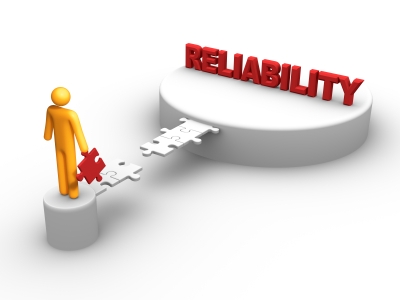Over his 30+ year career, Kurt has started, acquired, and provided counsel to a variety of businesses and owners. He has built and led international and professional service organizations; created, through acquisition, a $50 million building materials operating entity; and developed multimillion-dollar real estate projects.
MORE FROM THIS AUTHOR
The concept of always getting better ought to be on the leadership team agenda pretty regularly — I suggest monthly. Why? Because unless the leaders of the business keep emphasizing it — and doing it — it is so easy to get lulled into a malaise of false comfort.|







